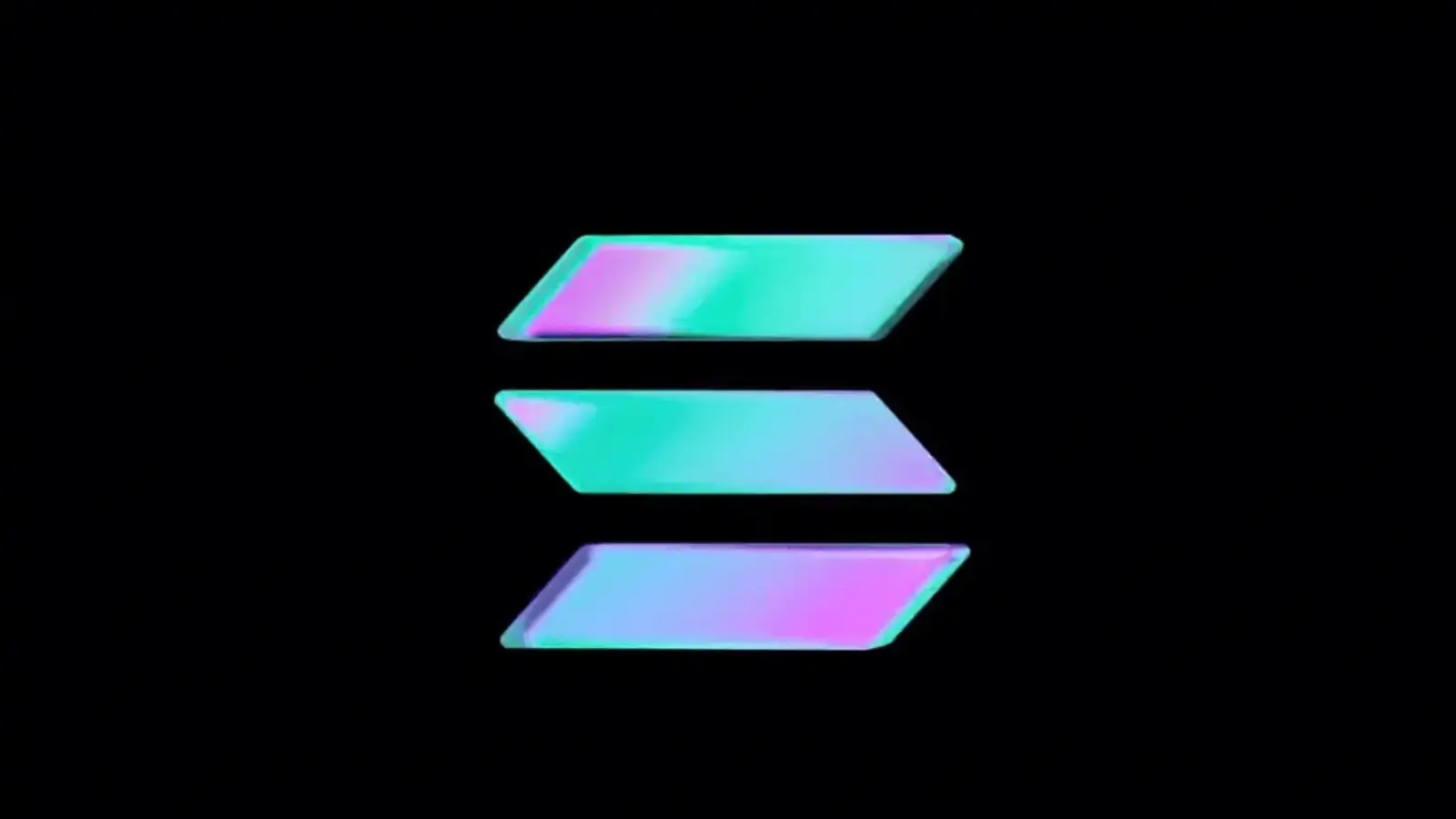


In the race to optimize blockchain performance, Solana has emerged as a key player disrupting traditional limitations of transaction speed and scalability. As blockchain networks aim to achieve widespread adoption, speed becomes a crucial component in user experience, developer confidence, and market integration. Solana’s high-throughput protocol has attracted attention across the crypto space, offering a model for fast, low-cost, and decentralized applications that are challenging long-standing incumbents. This article explores how Solana is redefining expectations in the blockchain world by delivering lightning-fast speeds without compromising core principles. When you want to watch the market without feeling confused, Tesler Trading helps by turning big data into small lessons.
Before Solana, most public blockchains struggled to achieve real-time processing for high-volume use cases. Bitcoin’s proof-of-work model, while secure and decentralized, can process only a handful of transactions per second. Ethereum, despite being the go-to platform for decentralized apps, suffers from congestion during peak demand, leading to high gas fees and slower confirmations.
This fundamental challenge has limited the practical applications of blockchain technology in areas like gaming, microtransactions, and real-time data transfers. Scalability solutions like Layer 2 protocols and sharding have emerged, but many still rely on Ethereum or other legacy systems as a base, bringing their own set of compromises.
Solana offers a fundamentally different solution by combining a series of innovations that allow its blockchain to process tens of thousands of transactions per second. Its most notable innovation is Proof of History, a cryptographic time-stamping mechanism that enables validators to agree on transaction order without needing to communicate constantly. This significantly reduces latency and computational overhead. The high throughput and low fees of Solana have made it a popular choice for developers building decentralized applications, and it is even being used to facilitate real-world transactions, such as the exchange of eur to sol.
In tandem with Proof of History, Solana uses Tower BFT (a variation of Byzantine Fault Tolerance), Gulf Stream for transaction forwarding, and Sealevel for parallel smart contract execution. These components work together to eliminate the traditional bottlenecks associated with blockchain consensus.
Solana’s network is designed to scale with hardware improvements rather than rely on network layering. This unique architecture allows it to process an immense volume of transactions natively, without external scaling solutions.
Speed alone isn’t enough to attract a developer community, but Solana’s architecture makes building fast, responsive applications more feasible. Developers benefit from low-latency transactions and negligible fees, opening the door for innovative use cases in gaming, decentralized exchanges, and real-time analytics.
The Solana ecosystem has expanded rapidly with projects like Serum, Magic Eden, and Audius making headlines. These decentralized platforms leverage Solana’s performance to deliver user experiences that rival those of centralized systems. Faster settlement times improve liquidity, reduce arbitrage gaps, and enhance overall user trust.
Hackathons, grant programs, and community accelerators have further supported the growth of the developer ecosystem. The Solana Foundation plays an active role in education, outreach, and funding, aiming to maintain momentum as the network matures.
Solana’s speed and efficiency are enabling decentralized applications that previously weren’t viable on slower networks. In the gaming sector, for instance, developers are exploring fast-paced multiplayer games with blockchain-based economies that rely on near-instant settlements.
In DeFi, Solana enables real-time market-making and high-frequency trading strategies with minimal fees. NFT marketplaces on Solana can mint and transfer assets without delays, improving the fluidity and accessibility of digital ownership. Micro-payments and streaming payments also become more practical due to the platform’s speed and cost advantages.
This makes Solana a preferred choice for developers seeking performance without compromising decentralization. Its ability to process transactions in near real time opens up new business models and enables use cases where Ethereum and Bitcoin would lag.
While Solana’s speed is impressive, the network has faced criticism regarding decentralization and stability. A small number of validators control a significant portion of the network, raising concerns about censorship resistance and attack resilience.
Moreover, the network has experienced multiple outages due to spam attacks or technical overloads, calling into question its reliability under sustained pressure. These incidents highlight the trade-off between speed and security, an ongoing challenge in blockchain infrastructure design.
Solana developers have acknowledged these issues and are working on protocol upgrades and validator distribution mechanisms. The long-term sustainability of the network will depend on its ability to improve resilience while preserving its core advantage in speed.
Solana’s speed is often contrasted with Ethereum’s scalability efforts. Ethereum’s move to proof-of-stake and the development of rollups aim to improve its capacity, but these enhancements still add complexity and require user migration.
Other fast chains like Avalanche and Fantom also offer high throughput, but Solana’s architecture allows for greater native performance without relying on second-layer protocols. The direct execution of thousands of transactions on-chain provides a different kind of user and developer experience that sets Solana apart.
Solana’s differentiation lies not only in its metrics but in the philosophy of building a single-layer blockchain that can meet the demands of global-scale applications without fragmentation.
Solana’s speed has not gone unnoticed by institutional players. Venture capital investment into Solana-based projects has surged, with major firms backing applications across DeFi, gaming, and infrastructure. Solana’s ability to support high-throughput applications appeals to institutional users accustomed to traditional finance systems with real-time processing.
Retail users benefit from low-cost transactions and quick confirmations, which reduce barriers to entry and improve the overall user experience. Wallet providers and exchanges are integrating Solana at a growing pace, further validating its role in the broader ecosystem.
Solana is pushing the boundaries of what is possible in blockchain performance. Through a combination of architectural innovations and community engagement, it has positioned itself as a serious contender in the race to scale decentralized networks. While challenges around decentralization and network resilience remain, Solana’s success in redefining crypto speeds offers a compelling vision for the future of blockchain. Its influence continues to inspire new protocols and products that aim to meet the expectations of a faster digital world.